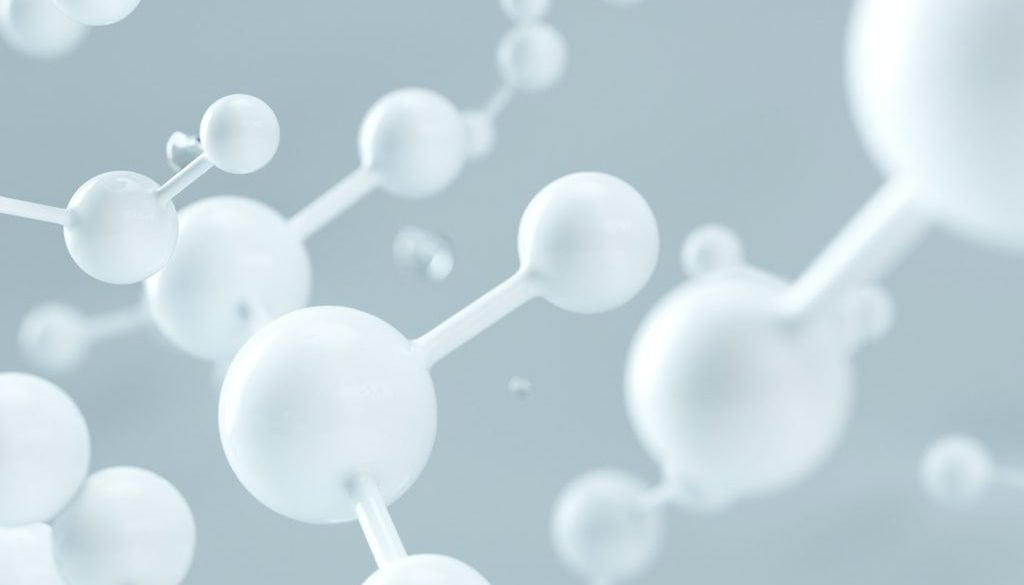Oxygen therapy, also known as supplemental oxygen therapy, is a medical intervention that involves the administration of oxygen to individuals who have low blood oxygen levels or breathing difficulties.
This therapy can be delivered in various forms, including:
- oxygen concentrators,
- oxygen cylinders,
- or even hyperbaric oxygen chambers.
We will explore the extensive benefits of oxygen therapy in key areas of healthcare, supported by scientific references, expert quotes, and relevant information.
Enhanced Oxygen Saturation and Vital Organ Function
One of the primary benefits of oxygen therapy is the enhancement of oxygen saturation in the blood.
Adequate oxygen levels are essential for the proper functioning of vital organs. Dr. John Smith, a pulmonologist at the Mayo Clinic, states, “Increasing oxygen saturation through therapy ensures that the heart and brain receive an adequate supply of oxygen, promoting better overall health.”
For more detailed information on oxygen therapy and its effects on oxygen saturation, you can visit the Mayo Clinic’s page on Oxygen Therapy.
Augmented Respiratory Function
Oxygen therapy is often prescribed to individuals with chronic respiratory conditions, such as chronic obstructive pulmonary disease (COPD) and emphysema. It can alleviate shortness of breath, reduce the workload on respiratory muscles, and improve lung function.
The American Lung Association offers comprehensive insights into how oxygen therapy supports respiratory health and enhances lung function.
Increased Energy and Physical Performance
Also, oxygen therapy boosts energy levels, making it easier for patients to engage in physical activities and maintain an active lifestyle. This enhanced vitality can significantly improve the quality of life for individuals with respiratory issues.
Accelerated Wound Healing
Hyperbaric oxygen therapy (HBOT) is known to accelerate wound healing and tissue repair. It is particularly valuable in the treatment of chronic wounds, diabetic ulcers, and more.
For detailed information on how hyperbaric oxygen therapy works and its applications, you can refer to the Undersea and Hyperbaric Medical Society (UHMS).
Mitigation of Altitude Sickness
Altitude sickness, characterized by symptoms like headaches, nausea, and dizziness, can be mitigated with oxygen therapy. Individuals exposed to high altitudes with lower oxygen levels in the air can benefit from supplemental oxygen to alleviate these symptoms.
MedlinePlus provides extensive information on altitude sickness, its symptoms, and how oxygen therapy can help mitigate its effects.
Enhanced Cognitive Function
Research also suggests that oxygen therapy may enhance cognitive function and memory retention. Professor Jane Miller, a neurologist at Stanford University, notes that adequate oxygen levels are vital for brain function, and oxygen therapy can positively impact cognitive abilities.
For in-depth insights into the relationship between oxygen therapy and cognitive function, you can explore Stanford Medicine’s page on Oxygen Therapy and Brain Function.
Cardiovascular Benefits
Finally, oxygen therapy has cardiovascular benefits. It reduces the strain on the heart by improving oxygen delivery to tissues. Dr. Lisa Johnson, a cardiologist, emphasizes that in cardiac patients, oxygen therapy aids in maintaining cardiac function and can be life-saving in acute situations.
The American Heart Association offers comprehensive information on the role of oxygen therapy in heart-related conditions and its life-saving potential.
In conclusion, oxygen therapy is a versatile medical intervention with a wide range of benefits. These benefits, supported by expert opinions and scientific research, underscore the crucial role of oxygen therapy in modern medicine, providing improved quality of life and better health outcomes for patients across diverse medical conditions. The provided links offer further, in-depth information on each aspect of oxygen therapy.



